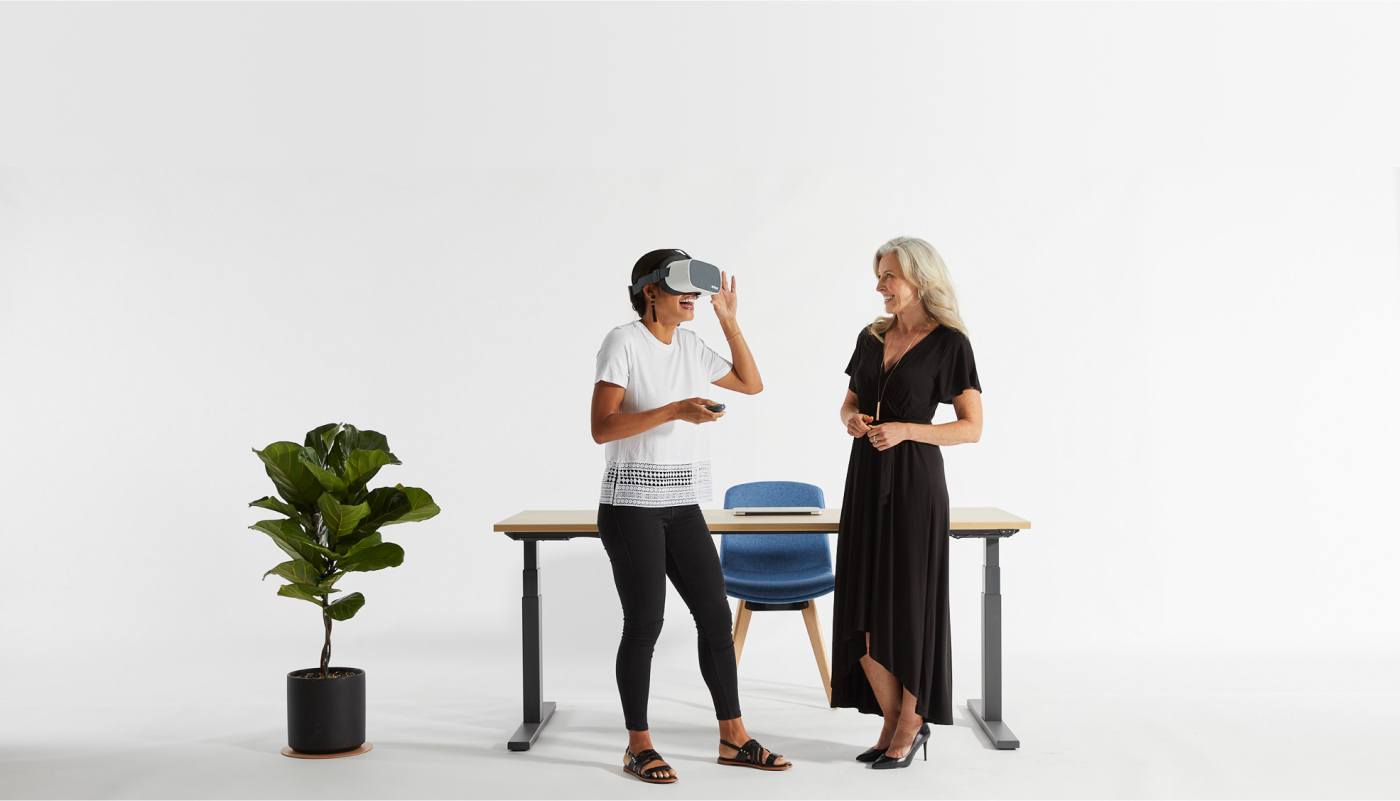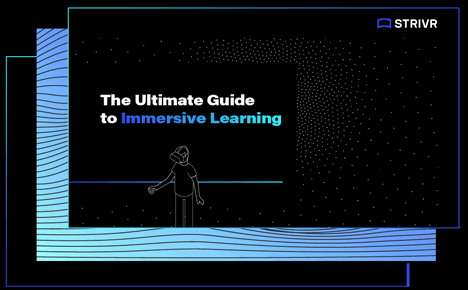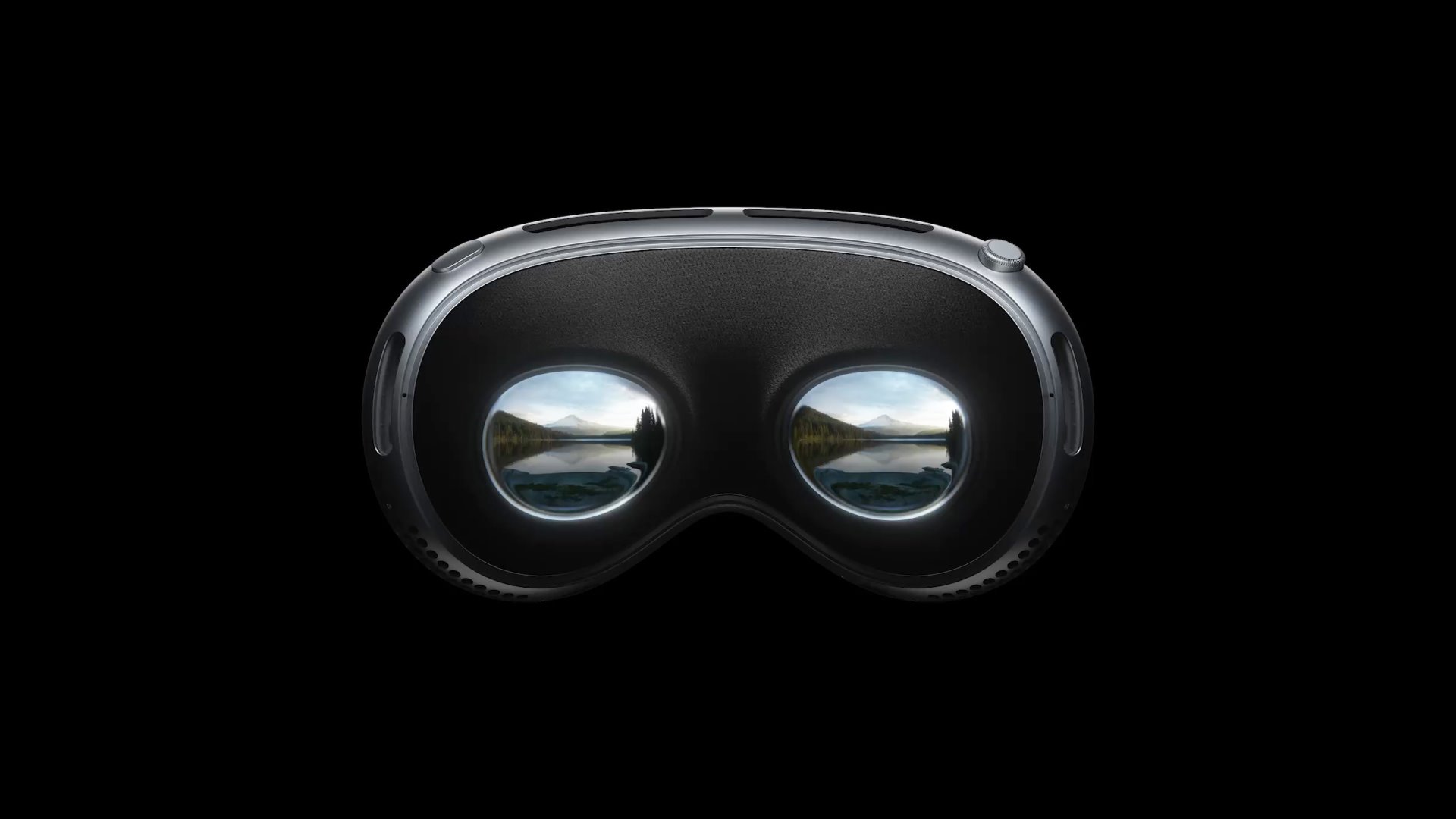What if you could train employees on a huge roster of skills — soft skills such as empathy, safety skills like how to spot workplace hazards, and more — without having to risk mistakes in a live environment? What if you could scale your best training to thousands and even tens of thousands of learners without sending human training teams all over the place? What if you could gather real-time metrics on how much and how well people are learning?
That’s the promise of virtual reality (VR).
More than just a promise, though, effective VR training is already happening at plenty of enterprise organizations. They’re scaling up their L&D efforts, lowering their training costs, onboarding employees in a risk-free environment, and training them better than ever before — all with VR.
Hearing about VR training might be inspiring, but without actual concrete examples, it’s hard to wrap your mind around how it might help your company. In that spirit, here are four examples of Strivr customers changing the nature of workplace training with VR.
- VR training example 1: MGM Resorts onboards faster and increases workforce skills
- VR training example 2: JetBlue engages a new generation of learners
- VR training example 3: Stanford Children’s Hospital teaches empathy the immersive way
- VR training example 4: United Rentals cut training time by 40%
01
VR training example 1: MGM Resorts onboards faster and increases workforce skills
Hospitality workers left their posts in droves over the last few years. By some reports, a solid third of the people who dropped out of the workforce during the pandemic came from the leisure and hospitality industry. Workers on the frontlines of customer service are burnt out and emotionally drained.
MGM Resorts wanted to better prepare, support, and equip its frontline employees — onboarding them faster and keeping them engaged longer. To onboard, at times, thousands of new employees a week, MGM partnered with Strivr on a VR customer service training program. The VR training experience helped scale onboarding consistently across MGM locations while quickly immersing new employees — who come from all different backgrounds — into the specific casino gaming culture MGM is known for.
CHRO Laura Lee says, “We thought that by giving them this Immersive Learning opportunity to put on a headset and learn the tools or tasks they need to do, it would be an easier transition for them. They could make mistakes without doing it in front of an actual guest — and it would build their confidence before being out on the floor for the first time.”
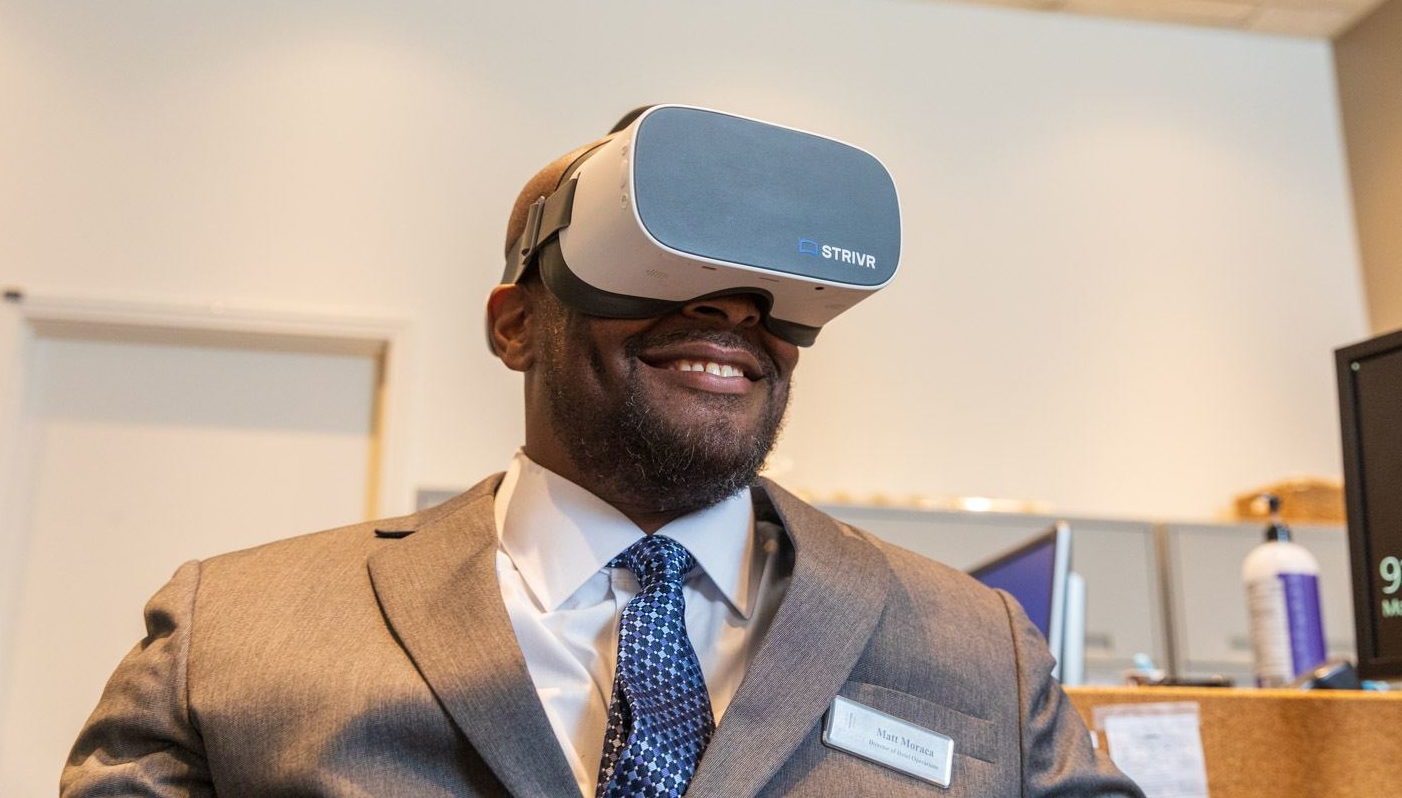

Strivr helps MGM Resorts onboard faster and increase workforce skills
02
VR training example 2: JetBlue engages a new generation of learners
While frontline workers must be well-versed in company culture and soft skills in order to provide optimal customer service, the challenge with training airplane technicians is quite different. The stakes are much higher when it comes to “learning on the job,” since a mistake in, say, safety checking a plane puts human lives at risk.
JetBlue partnered with Strivr to scale its technical training. Now, new technicians for the airline have the opportunity to practice in a headset before they safety-check a real airplane. VR training enables them to make their mistakes in a safe, low-stakes environment — and it also means the company doesn’t have to take real planes out of commission for training purposes, which can be incredibly expensive.
This approach has worked well not just because it’s more scalable, efficient, economical, and consistent than the old “practice plane” scenario. As Andy Kozak describes JetBlue’s VR efforts, “In our industry, conventional training is kind of just the way we do things — butts in seats, 40 hours a week, sometimes up to two or three weeks. But the younger generation wants to learn differently.” He calls VR training a game-changer for the airline industry.
Read the whole Strivr x JetBlue story
03
VR training example 3: United Rentals cut training time by 40%
An outside sales rep for an equipment rental company must be able to spot hazards and opportunities on a live job site — and often, these are the same. When a rep for a heavy equipment company recognizes a need for a certain piece of equipment, they can potentially step up and make a sale.
That’s what United Rentals partnered with Strivr to ensure. With their VR training program, United Rentals simulated the real-world environment of a construction site using 360-degree video of an actual location. Learners could see the entire site in the VR headset, including buildings, workers, machinery, equipment — and hazards.
With VR training on this sort of situational awareness, United Rentals improved their training effectiveness tenfold and reduced time spent in training by 40%. There was another extremely valuable but harder-to-measure metric at play: not having to risk trainees’ lives by placing them in learning environments full of actual dangers.
As Bill Dwyer, Training and Development Manager, puts it, VR training “leads to this organic, incredibly productive conversation that I don’t think would be possible without VR. It’s great to really dive into what’s important on a job site. When reps get out of that truck, the first step isn’t as difficult. They feel like they’ve already done it.”
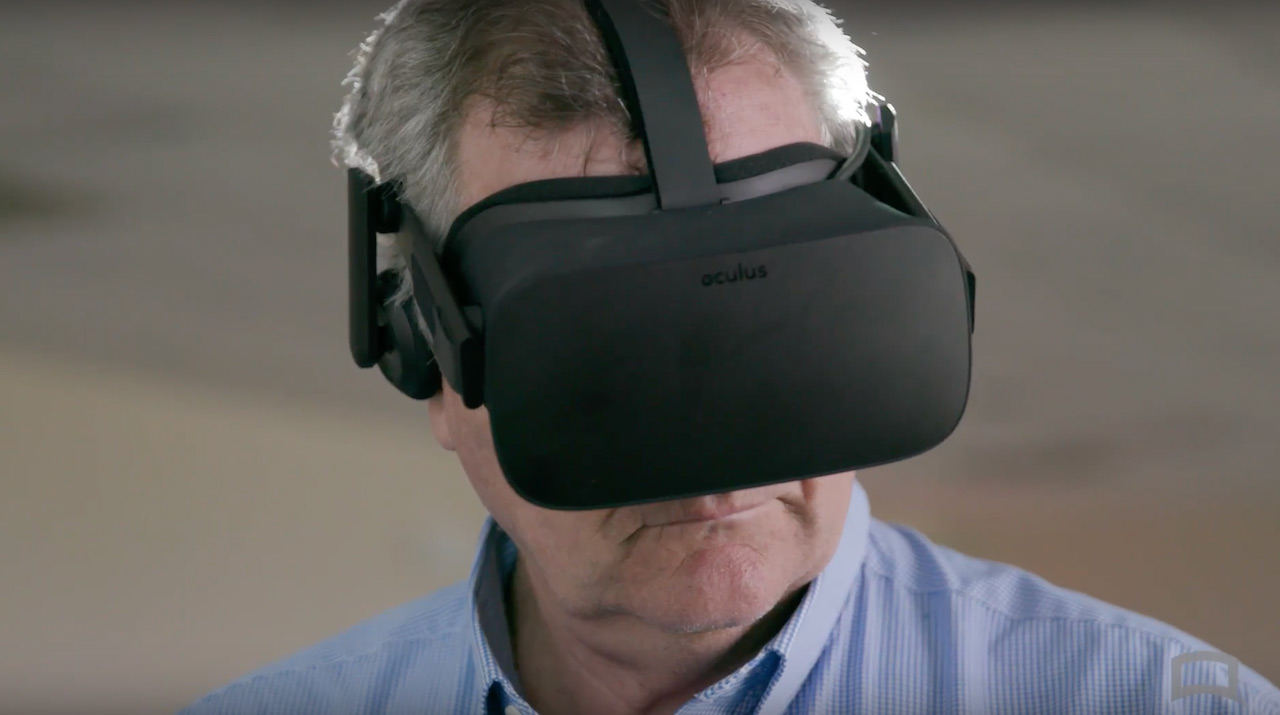

How Strivr helped United Rentals cut training time by 40%
04
VR training example 4: Stanford Children’s Hospital teaches empathy the immersive way
One last example that’s quite different from the others. While the immersive training experience VR provides can be very helpful for learning soft skills such as empathy and listening, for many companies, these are important mainly in the realm of customer service and support. But for Lucile Packard Children’s Hospital of Stanford, soft skills come into play in a much more profound way for doctors whose job includes having to have very difficult conversations — sometimes end-of-life conversations — with families.
When a group of Stanford Children’s Hospital colleagues first got together to talk about using VR training to better prepare physicians for these kinds of conversations, the idea was to immerse the learners (physicians) into virtual scenarios that would feel lifelike. Within the VR learning module, pediatric cardiology fellows from around the country practice end-of-life conversations with virtual parents of a terminally ill child on life support, with in-headset coaching to help guide the conversations. In fact, 70% of the participants who took part in these VR training modules said they felt “real discomfort” even with the virtual conversations.
Discomfort, of course, is not the point. The goal is to get physicians in the right headspace to deliver bad news with grace and be prepared for any reaction. A solid 95% of those who went through the training found it effective enough to say they would do it again.
Let Strivr take your company to the next level.
The challenges are different from organization to organization. The soft skills frontline workers need are very different from those pediatric oncology fellows require. The hard skills airline technicians must master nothing like those needed at a construction company. But all of these organizations have one critical thing in common: the need to practice, in a safe learning environment, in order to master skills — and the need for that type of training to be scalable and affordable.
The type of VR training Strivr offers is called Immersive Learning. It combines the embodied in-headset experience of VR with advanced learning theory, data science, and spatial design. To learn more about the types of Immersive Learning experiences your company could lean into and how to get started, read 5 steps to getting started with Immersive Learning.
